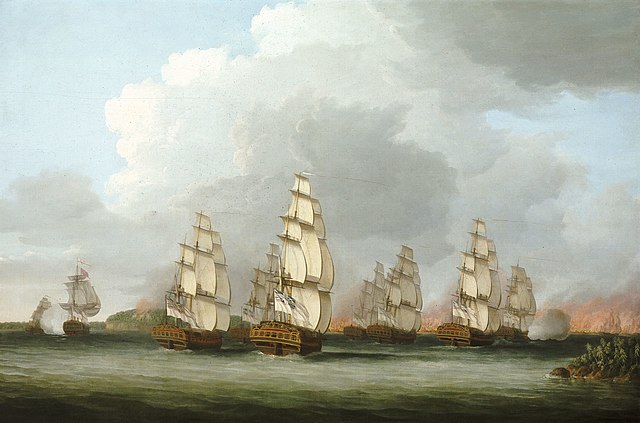Henry_Francis_Evans
Henry Francis Evans
British naval officer
Captain Henry Francis Evans ( – 21 July 1781) was a British Royal Navy officer who fought with distinction in the American Revolutionary War. He fought in the Penobscot Expedition, the Siege of Charleston and the Battle of Cape Breton, where he was killed in action and later buried in St. Paul's Church (Halifax).[1]
This article has multiple issues. Please help improve it or discuss these issues on the talk page. (Learn how and when to remove these template messages)
|
